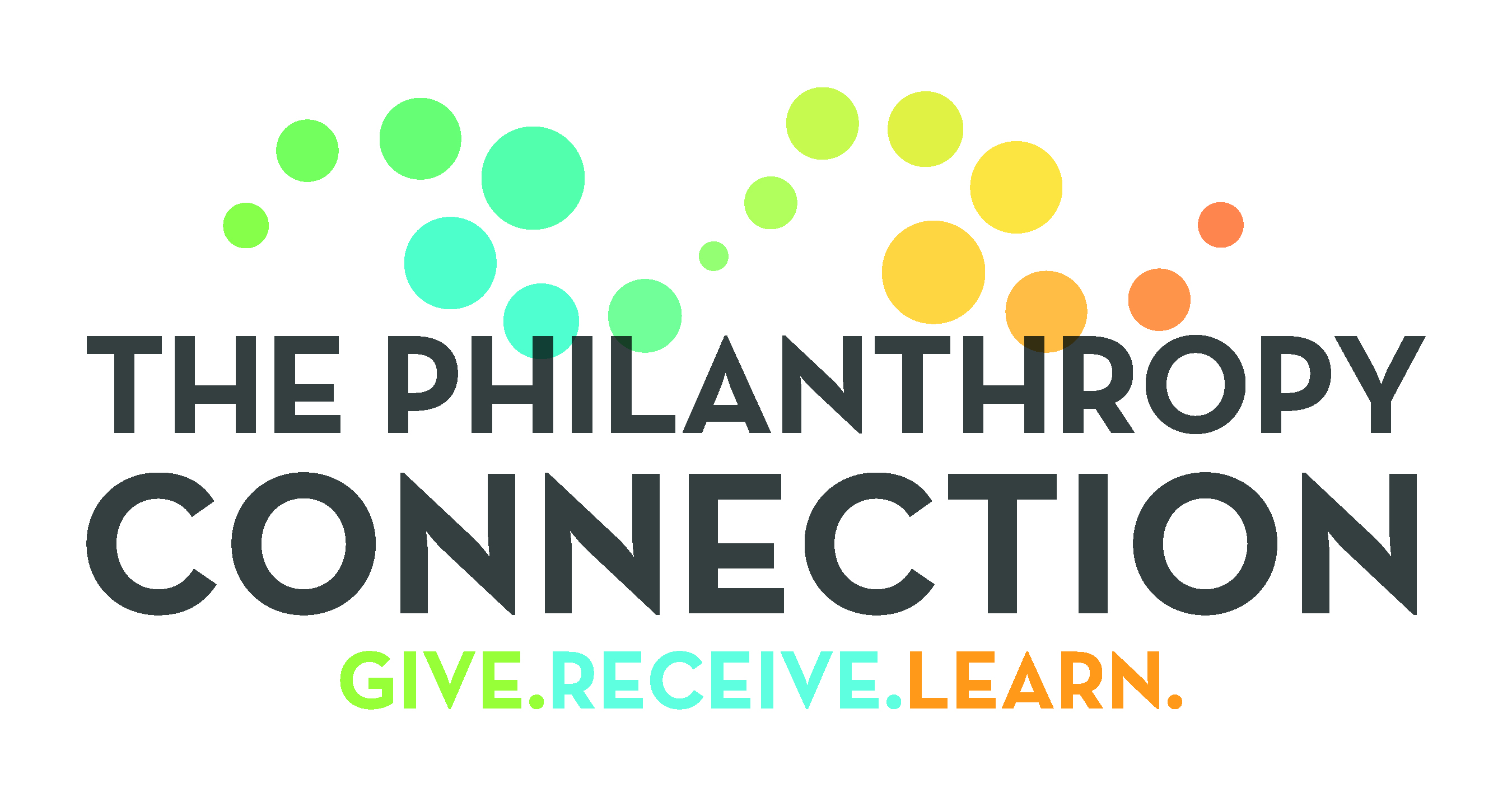I’m a Philanthropist. You’re One, Too.
Thoughts from TPC President E. Marla Felcher
I’m a philanthropist. Chances are you’re a philanthropist, too. But many downplay being labeled as such, or being introduced to a stranger this way. Why? Because the term can feel loaded. For many, it conjures a negative image such as robber barons meeting in stuffy wood-paneled rooms dispensing their largesse. I spend most of my waking hours with philanthropists, and I can assure you that there is nary a robber baron in the lot. How did self-identifying as a philanthropist become taboo?

At The Philanthropy Connection (TPC), we are working to take back the word philanthropist. We define a philanthropist as anyone who is giving of time or money for the public good.
Each and every one of the 250+ members of TPC is a philanthropist. We are not a homogeneous group. Some of us are in our 20s, others in our 70s, and most in between. We are young women in graduate school, middle-aged professors, women who are the first in their family to make a salary above minimum wage, and women who head their families’ sizeable foundations. What brings us together is our hunger to make the world a better place. We love humanity.
Over the years, I’ve noticed a curious – and quite wonderful – transformation that occurs when a woman becomes active in TPC. She becomes more comfortable with defining herself as a philanthropist. And once she views herself this way, she gives even more. In other words, simply recognizing that you are a philanthropist, and being okay with the label, makes you more philanthropic.
In 1967, social psychologist Daryl Bem coined a term for this: self-perception theory. Bem asserted that people often form attitudes after observing their own behavior. At its core, self-perception theory is counterintuitive, as most assume that attitudes determine behavior, not the other way around. For example, you may like eating chocolate. Self-perception theory posits that you are likely to have decided you like chocolate after observing that you eat it after lunch and dinner most days – not necessarily because you think it tastes and makes you feel good. It is through observation of our own behavior, says Bem, that we learn about and judge ourselves – just as we use this sort of information to learn about and judge others.

In this season of giving, I urge you to consider broadening your definition of what it means to be a philanthropist. Did you ride your bike in the Rodman Ride to raise money for social services that benefit kids? TPC member Pamela did. Do you volunteer as a group facilitator, offering support to grieving children and teens who have experienced a death? TPC member Courtney does. Do you serve as a court-appointed special advocate for neglected children? TPC member Amy does. These are just a few of the ways to practice philanthropy by giving.
There are countless ways to give your time and money. The important first step is to acknowledge that if you give, you are indeed a philanthropist. Embrace the word. Say it out loud, “I am a philanthropist. I AM a philanthropist.” I promise you’ll wear the name well.
Imagine what would happen if we doubled or even quadrupled the number of philanthropists in Boston, simply by redefining the word and ourselves. The amount of time and money given for the public good would grow exponentially. Daryl Bem demonstrated the effect almost 50 years ago, one that I witness every day at The Philanthropy Connection. Yes, I am a philanthropist. And you are one, too.
